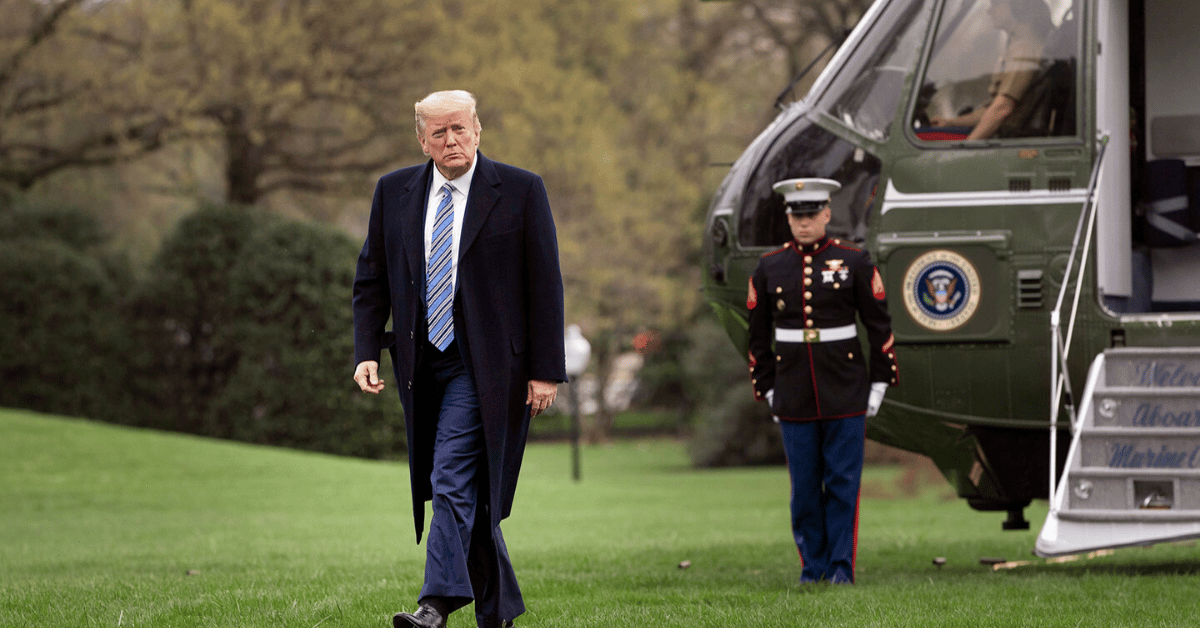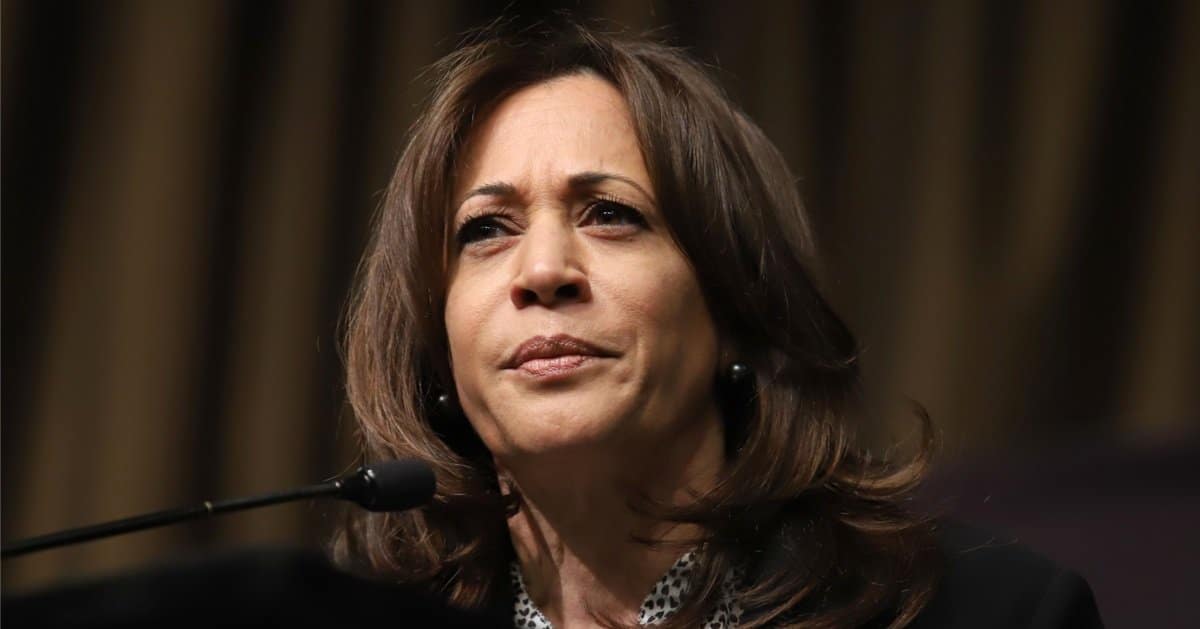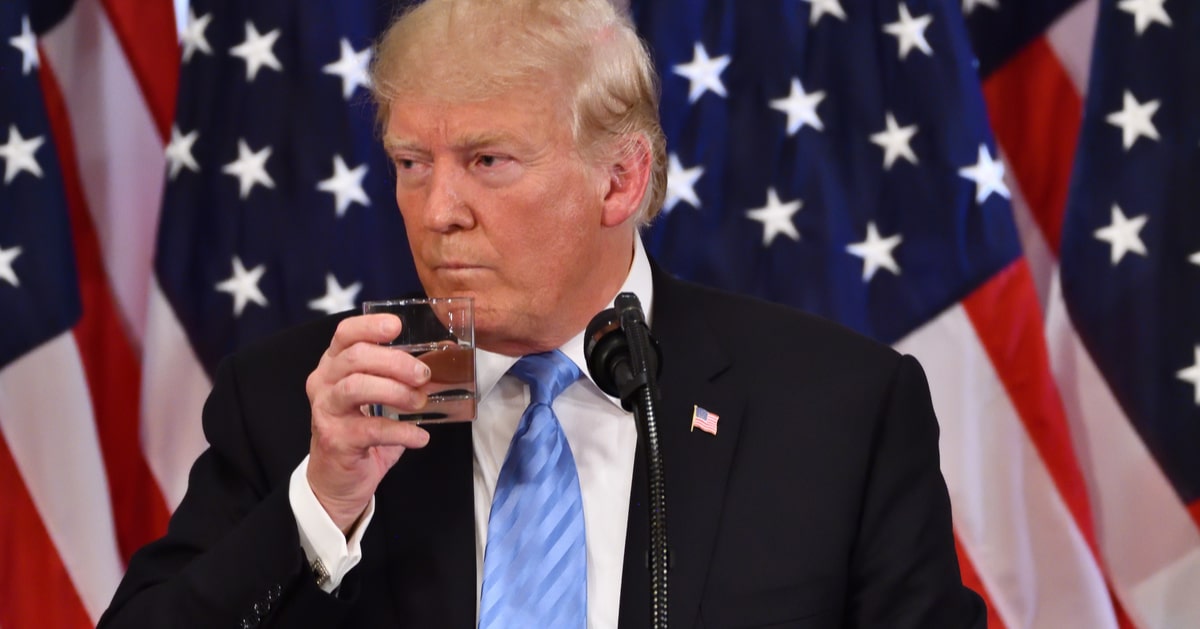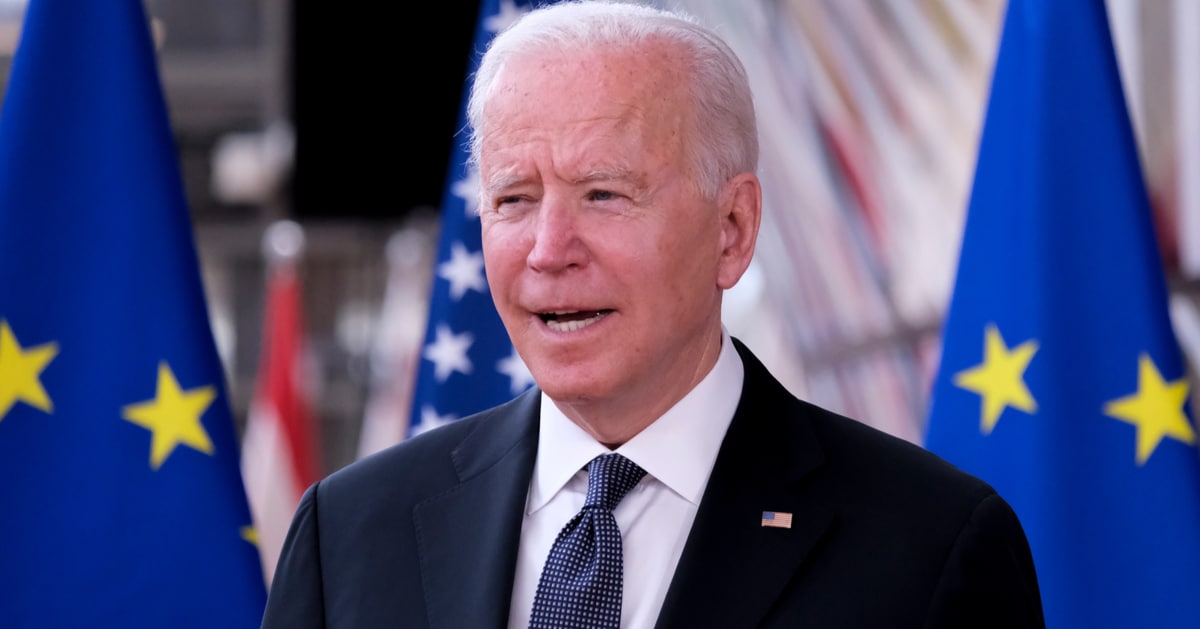



NASA’s getting a leaner look, and it’s not just about cutting red tape. President Donald Trump’s push to shrink the federal government has landed on the space agency, slashing its workforce by over 20 percent.
The Daily Caller reported that NASA’s workforce is dropping from 18,000 to about 14,000 employees, following two rounds of a deferred resignation program.
The program, driven by Trump and the Department of Government Efficiency, aims to curb waste, fraud, and abuse. It’s a classic conservative play: efficiency over excess.
The deferred resignation program kicked off with 870 employees opting out in the first round. By the second round, nearly 3,000 more jumped ship. That’s nearly 4,000 employees waving goodbye to NASA’s mission control.
The program wrapped up at midnight on Friday, leaving NASA noticeably slimmer. Supporters argue this is long overdue for an agency that’s been criticized for bureaucratic sprawl. Critics, though, worry about the brain drain.
More than 300 NASA employees fired off a letter this month, begging the agency to rethink the cuts. “We are compelled to speak up when our leadership prioritizes political momentum over human safety, scientific advancement, and efficient use of public resources,” they wrote. Sounds noble, but is it just resistance to change?
The employees’ plea paints a grim picture, but let’s be real: NASA’s been a sacred cow for too long. Their claim that “these cuts are arbitrary and have been enacted in defiance of congressional appropriations law” feels like a desperate grasp at relevance. Congress doesn’t always know best—sometimes it’s just politics as usual.
The White House’s May budget proposal didn’t help ease tensions, calling for a 24 percent cut to NASA’s funding, from $24 billion to $18 billion. That’s a hefty chop for an agency tasked with reaching the stars. Fiscal hawks might cheer, but explorers are sweating.
NASA’s spokesperson tried to calm the storm, insisting, “Safety remains a top priority for our agency.” They claim the cuts won’t derail the “Golden Era of exploration and innovation, including to the Moon and Mars.” Bold words, but can a leaner at NASA deliver?
The spokesperson’s optimism is admirable, but it sidesteps a hard truth: fewer hands mean less capacity. Streamlining is great, but gutting expertise risks stalling progress. Balance is key, and NASA’s walking a tightrope.
The employee letter’s tone reeks of entitlement, as if NASA’s immune to belt-tightening. Their “human safety” argument tugs at heartstrings, but where’s the evidence these cuts endanger anyone? Emotional appeals don’t trump fiscal responsibility.
Still, you can’t ignore the human cost. Nearly 4,000 people—scientists, engineers, dreamers—are out the door. That’s not just numbers; it’s families, careers, and a lot of rocket fuel left unburned.
Trump’s Department of Government Efficiency is doubling down, framing this as a victory over bureaucratic bloat. They’re not wrong—government agencies often balloon beyond reason. But slashing NASA, the poster child for American ingenuity, feels like a gamble.
The deferred resignation program’s success shows employees were ready to leave, suggesting NASA’s culture might need a reboot as much as its budget.
Voluntary exits are cleaner than forced layoffs, but the agency’s still bleeding talent. Will the remaining 14,000 rise to the challenge?
The White House’s vision is clear: a smaller, sharper federal government. NASA’s cuts align with that, but space exploration isn’t exactly a corner you can cut without consequences. Efficiency’s great, but underfunding ambition could ground us.



